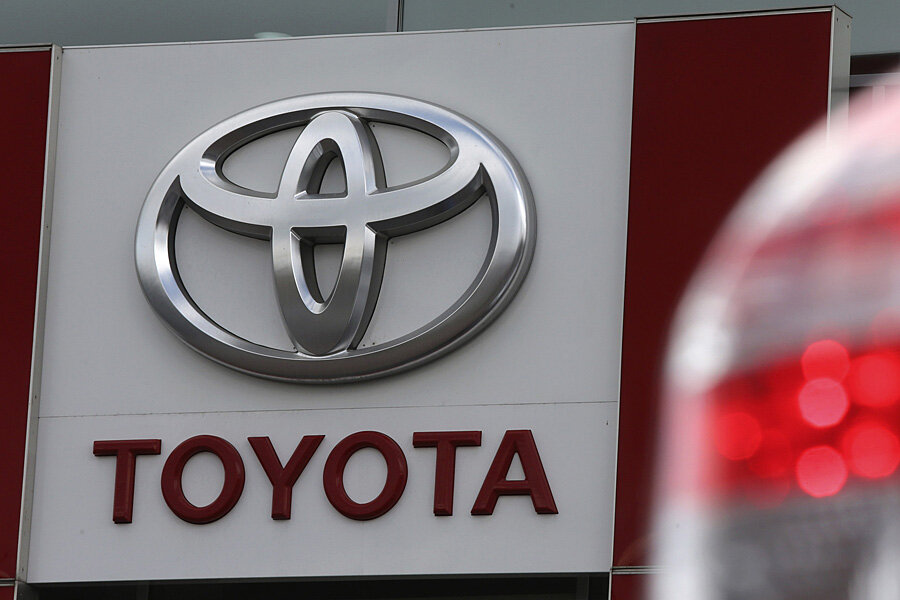Toyota's fuel cell vehicles to arrive in Japan, US, and Europe in 2015
Loading...
Since January, Toyota has put fuel cell vehicles on the fast track, ending its electric-car partnership with Tesla and promising to deliver the first FCVs to consumers as early as next year.
Yesterday, the company offered proof that it's on track to meet that promise, as it unveiled a demo model of its FCV and video of the car in action. Toyota also revealed a few details on pricing – at least for Japan.
Here's what we know so far:
- The car will go on sale in Japan no later than April 2015.
- It will arrive in the US and Europe a few months later, during the summer of 2015.
- Sales will be limited to areas with established hydrogen infrastructure.
- Pricing for Japan starts at ¥7,000,000 (around $69,000), which is ¥3,000,000 below previous estimates. Pricing for the US and Europe hasn't yet been announced.
Our take
Pitching hydrogen fuel cell vehicles won't be easy.
For starters, there's the hydrogen infrastructure -- or lack of it. To provide the ease and convenience of gas-powered cars, Toyota and other FCV enthusiasts would need to create some 175,000 fueling stations in the US alone, at a cost of $1 million each. So, not only will creating the infrastructure to support FCVs be expensive, but without it, consumers will likely suffer from range anxiety (much as they already do with electric cars).
Then there's the whole "hydrogen" thing to consider. Setting aside many consumers' unpleasant associations of "hydrogen" and "Hindenberg", processing hydrogen is neither easy or cheap -- especially when it's needed in huge quantities. The costs will come down, but only gradually, as more processing facilities come online. Much of the cost will get passed on to consumers, making FCV ownership an even more expensive proposition.
And of course, there are the vehicles themselves. Cars are very visible, very expensive social markers. No matter how green or eco-friendly the driver, few people are willing to spend big bucks on an unattractive car. The FCV unveiled yesterday in Toyota City, Japan seems very similar to the one that rolled into the 2013 Tokyo Motor Show – which is to say, challenged. It looks like nothing so much as a Saturn SL with Droopy Dog jowls.
Many of us have faith in fuel cell vehicles. We understand that the technology isn't "there" yet, but it's advancing. Will it win the race against battery electric vehicles, which are also making great strides? The Japanese government thinks so, but we'll keep you posted.







